Boon Loong Ng
Standards and Mobility Innovation Laboratory - Samsung Research America
Towards Intelligent Network Management: Leveraging AI for Network Service Detection
Oct 14, 2023Abstract:As the complexity and scale of modern computer networks continue to increase, there has emerged an urgent need for precise traffic analysis, which plays a pivotal role in cutting-edge wireless connectivity technologies. This study focuses on leveraging Machine Learning methodologies to create an advanced network traffic classification system. We introduce a novel data-driven approach that excels in identifying various network service types in real-time, by analyzing patterns within the network traffic. Our method organizes similar kinds of network traffic into distinct categories, referred to as network services, based on latency requirement. Furthermore, it decomposes the network traffic stream into multiple, smaller traffic flows, with each flow uniquely carrying a specific service. Our ML models are trained on a dataset comprised of labeled examples representing different network service types collected on various Wi-Fi network conditions. Upon evaluation, our system demonstrates a remarkable accuracy in distinguishing the network services. These results emphasize the substantial promise of integrating Artificial Intelligence in wireless technologies. Such an approach encourages more efficient energy consumption, enhances Quality of Service assurance, and optimizes the allocation of network resources, thus laying a solid groundwork for the development of advanced intelligent networks.
Beam Management with Orientation and RSRP using Deep Learning for Beyond 5G Systems
Feb 04, 2022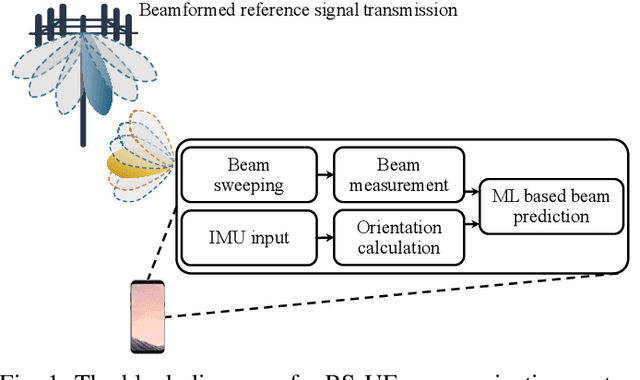
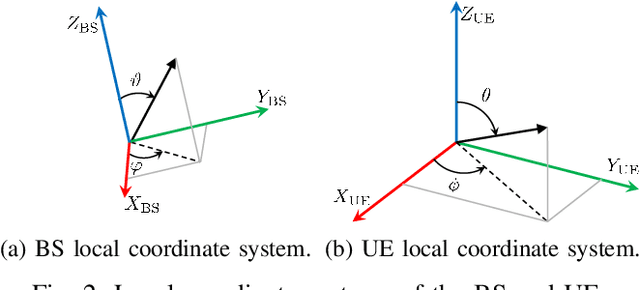

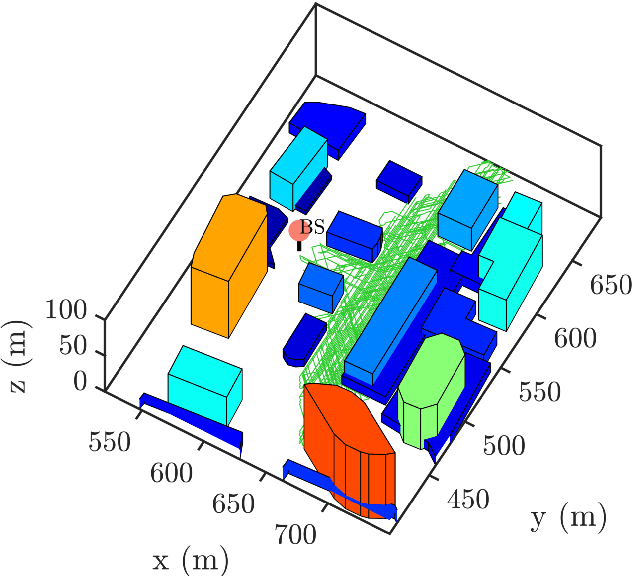
Abstract:Beam management (BM), i.e., the process of finding and maintaining a suitable transmit and receive beam pair, can be challenging, particularly in highly dynamic scenarios. Side-information, e.g., orientation, from on-board sensors can assist the user equipment (UE) BM. In this work, we use the orientation information coming from the inertial measurement unit (IMU) for effective BM. We use a data-driven strategy that fuses the reference signal received power (RSRP) with orientation information using a recurrent neural network (RNN). Simulation results show that the proposed strategy performs much better than the conventional BM and an orientation-assisted BM strategy that utilizes particle filter in another study. Specifically, the proposed data-driven strategy improves the beam-prediction accuracy up to 34% and increases mean RSRP by up to 4.2 dB when the UE orientation changes quickly.
Sub-Chain Beam for mmWave Devices: A Trade-off between Power Saving and Beam Correspondence
Dec 23, 2021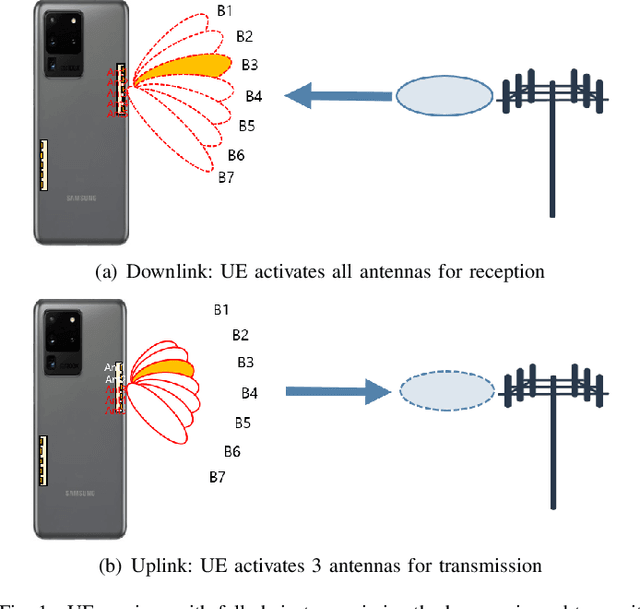
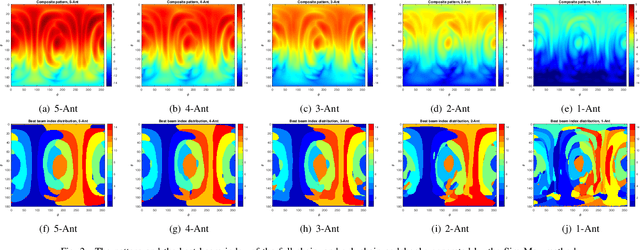
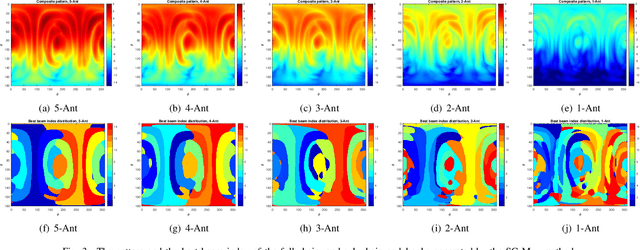
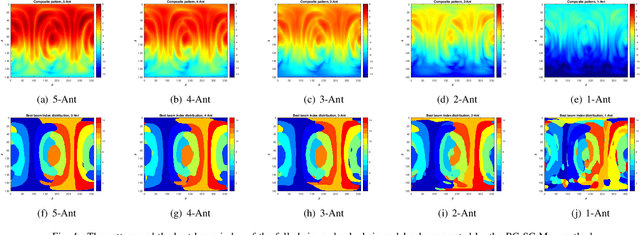
Abstract:Beam correspondence, or downlink-uplink (DL-UL) beam reciprocity, refers to the assumption that the best beams in the DL are also the best beams in the UL. This is an important assumption that allows the existing beam management framework in 5G to rely heavily on DL beam sweeping and avoid UL beam sweeping: UL beams are inferred from the measurements of the DL reference signals. Beam correspondence holds when the radio configurations are symmetric in the DL and UL. However, as mmWave technology matures, the DL and the UL face different constraints often breaking the beam correspondence. For example, power constraints may require a UE to activate only a portion of its antenna array for UL transmission, while still activating the full array for DL reception. Meanwhile, if the UL beam with sub-array, named as sub-chain beam in this paper, has a similar radiation pattern as the DL beam, the beam correspondence can still hold. This paper proposes methods for sub-chain beam codebook design to achieve a trade-off between the power saving and beam correspondence.
 Add to Chrome
Add to Chrome Add to Firefox
Add to Firefox Add to Edge
Add to Edge